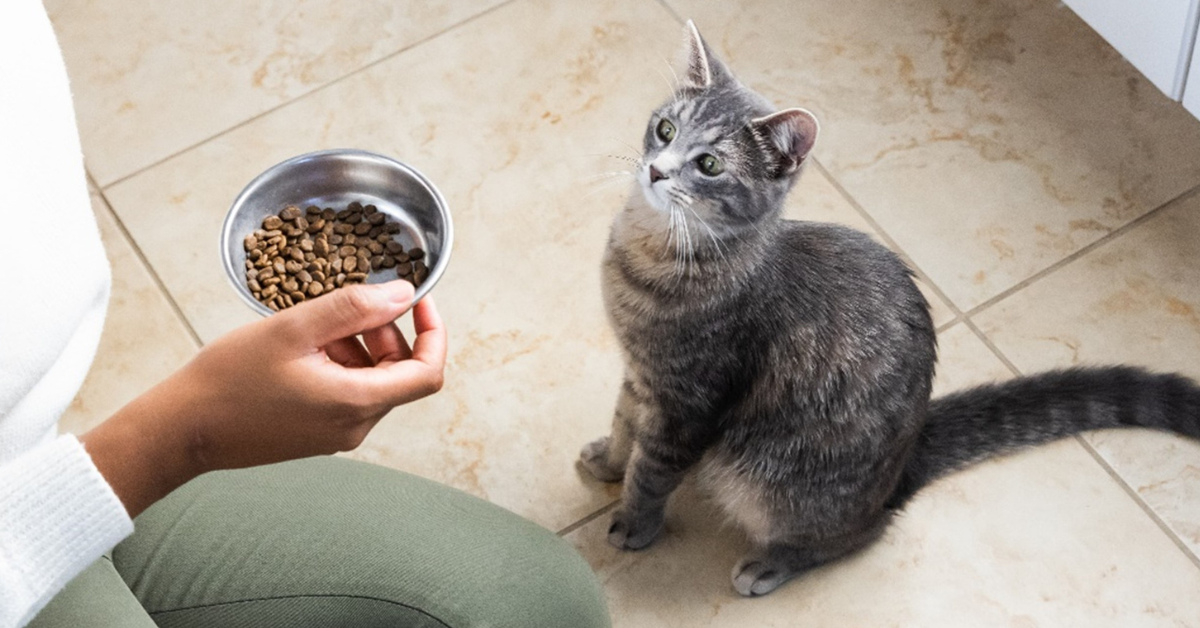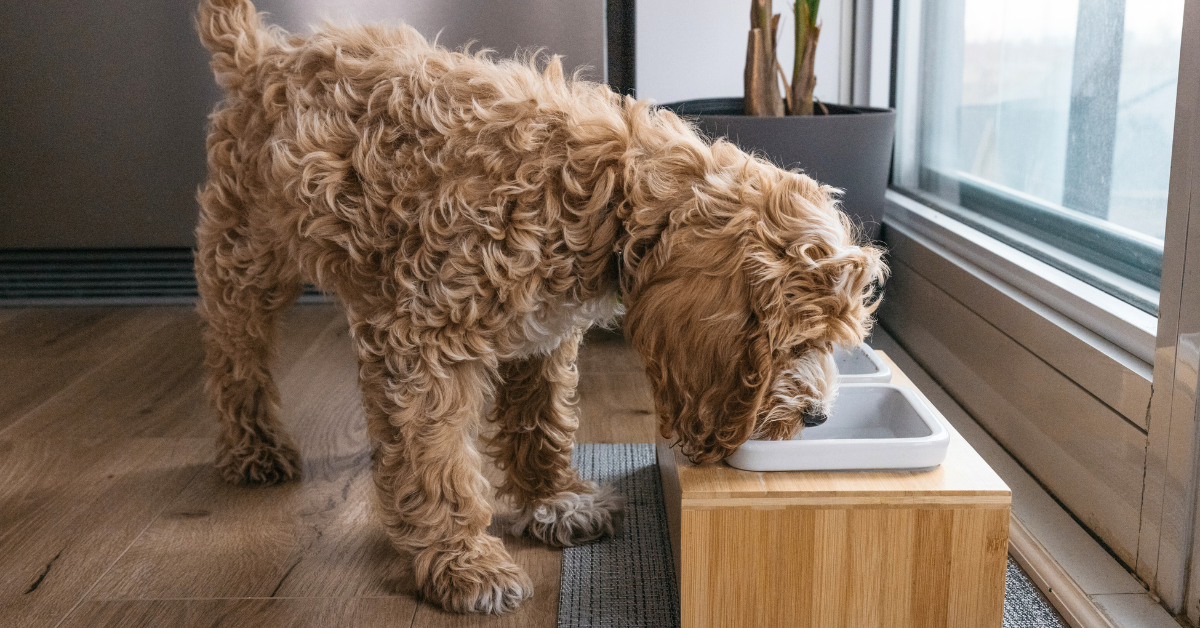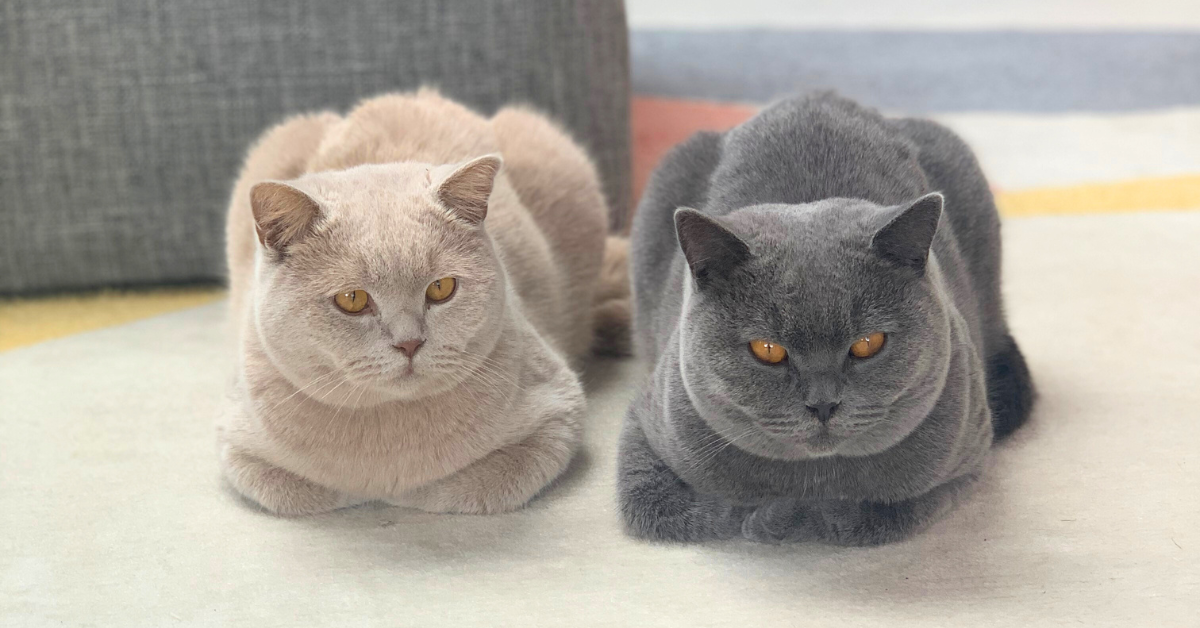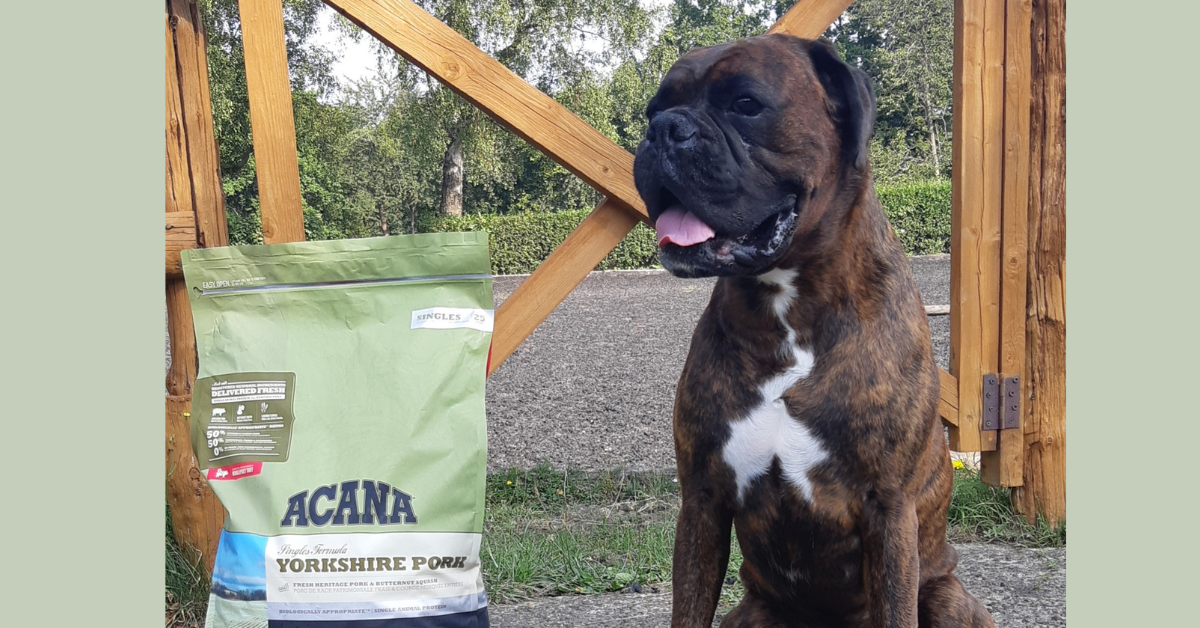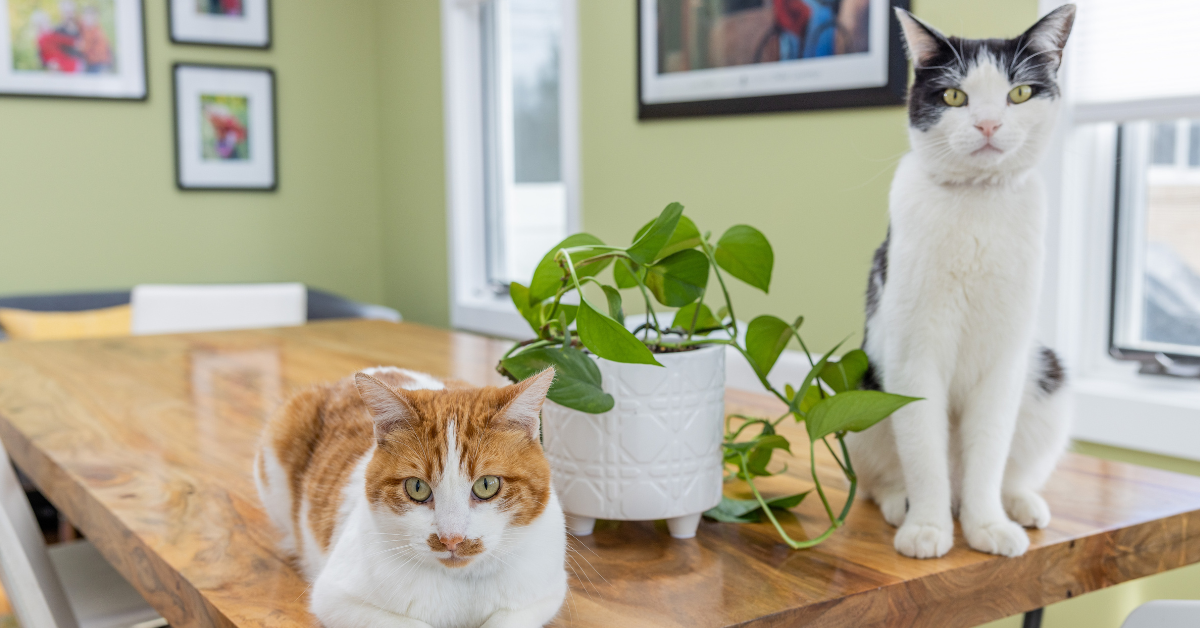As a kitten owner, you are probably wondering when the best time to transition to an adult food is. It’s important not to switch too early or too late, so
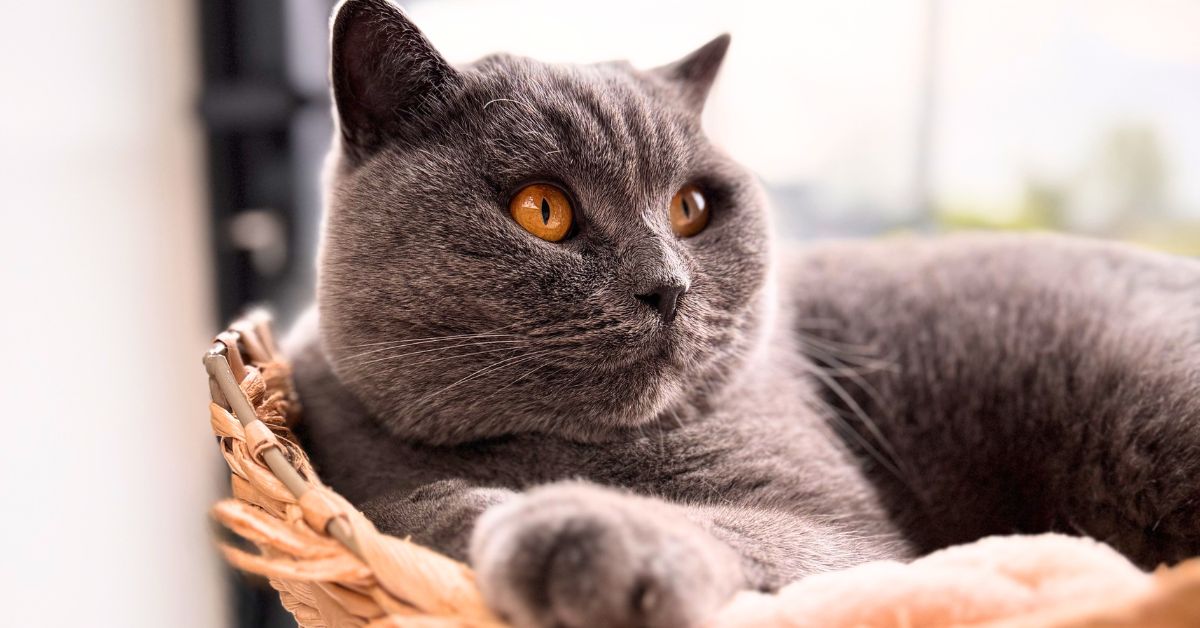
Caring for an indoor cat is a rewarding experience, but it does come with unique challenges. Without the natural stimulation and space that outdoor cats have, indoor cats rely on their human companions for everything—from entertainment to exercise, and, of course, food. Ensuring your indoor cat remains healthy, happy, and well-adjusted requires a little extra effort and consideration. Below are some essential tips and advice to help you care for your indoor cat.
Why Indoor Cat Care is Different
Indoor cats face a different set of challenges compared to outdoor cats. While they are protected from outdoor dangers such as traffic, predators, and disease, they lack the natural stimulation provided by exploring the outdoors. This means they may experience boredom, anxiety, and potentially even obesity if their environment doesn’t meet all of their physical and mental needs.
Indoor cats tend to be less active and have fewer opportunities to engage in natural hunting and climbing activities. To combat these challenges, it’s important to create an enriching environment for your cat inside your home. This includes setting up spaces for climbing, play, and exploration.
How to Take Care of an Indoor Cat’s Diet & Nutrition
Diet is an essential part of keeping an indoor cat healthy. As they are less active than outdoor cats, they may require fewer calories to maintain a healthy weight. Overfeeding can lead to obesity, which is a common issue for indoor cats. It’s vital to select a high-quality, balanced diet designed for indoor cats to help manage their weight and nutritional needs.
ACANA Cat food offers premium, protein-rich options for indoor cats. ACANA Indoor Entrée Cat Food is formulated to meet the specific needs of less active indoor cats. Crafted with 65%* quality animal ingredients including fresh chicken, raw turkey and raw whole herring, this nutrient-dense recipe helps support key health benefits for your indoor cat, including weight management, hairball control, and digestive health.
For a grain-free option, consider ACANA™ Highest Protein1 Indoor Cat. Made with fresh chicken, raw salmon, and trout, this recipe features 75%* animal ingredients to satisfy your cat’s protein needs. It supports healthy weight, hairball control, and a shiny coat with Omega-3 and Omega-6 fatty acids.
You may also want to consider a cat water fountain to encourage more hydration, as cats tend to drink less from a bowl. A hydrated cat is less prone to urinary tract issues.
Keeping Your Indoor Cat Active & Entertained
Keeping an indoor cat mentally and physically stimulated is crucial. Without outdoor exploration, indoor cats can quickly become bored or even depressed. Creating a dynamic environment with climbing spaces, scratching posts, and a variety of toys can help satisfy your cat’s natural instincts.
Invest in interactive toys that allow your cat to “hunt” and “play.” Feather wands, and puzzle feeders are all great ways to keep your cat active and engaged. You can also rotate toys to keep things interesting and introduce new activities regularly. Consider placing a cat perch near a window so your cat can watch birds or squirrels outside.
Regular playtime not only prevents boredom but also helps keep your cat physically fit and helps prevent obesity.
Litter Box Setup & Hygiene Tips
A clean litter box is a must for indoor cats. Cats are fastidious about their hygiene, and a dirty litter box can cause them to avoid it, leading to accidents around the house. Ensure to scoop the litter box daily and change the litter regularly. Be sure to place the litter box in a quiet, accessible location away from your cat’s food and water bowls. If you have multiple indoor cats, ensure they each have their own litter tray placed in areas away from each other.
The type of litter can also affect your cat’s experience. Some cats prefer clumping clay litter such as Intersand OdourLock, while others may favour different textures like corn or wood-based litters. You may need to experiment with different types to find what works best for your cat.
Indoor Cat Grooming & Health Care
While indoor cats generally require less grooming than outdoor cats (as they are exposed to less dirt and debris), they still need brushing regularly. Brushing your cat a few times a week helps reduce shedding and hairballs. For long-haired cats, more frequent grooming is necessary to prevent tangles and matting.
Proper nail maintenance is also essential for their health. Indoor cats, unlike outdoor ones, may not naturally wear down their claws, leading to overgrowth. Overgrown nails can curl into the paws, causing pain, infections, and the risk of injury from getting caught in carpets or furniture. Regularly check their claws to see if they’re becoming too long or are starting to curl. If your cat’s claws are scratching furniture or causing discomfort, it’s a sign that a trim is needed. Some cats may require more frequent trims, while others may need less, so it’s best to monitor them regularly and seek expert help if needed.
Indoor cats can be prone to weight gain, so make sure you adjust their diet and encourage exercise to keep them fit. Regular veterinary check-ups are also important to monitor their health, keep vaccinations up to date, and screen for common indoor cat ailments like dental disease or urinary tract issues.
By keeping an eye on their diet, exercise, and well-being, you’ll help them thrive and enjoy a long, happy life indoors.
*Approximate and derived from the unprocessed state of the ingredients.
1Compared to ACANA™ Indoor Entrée Cat recipe.



